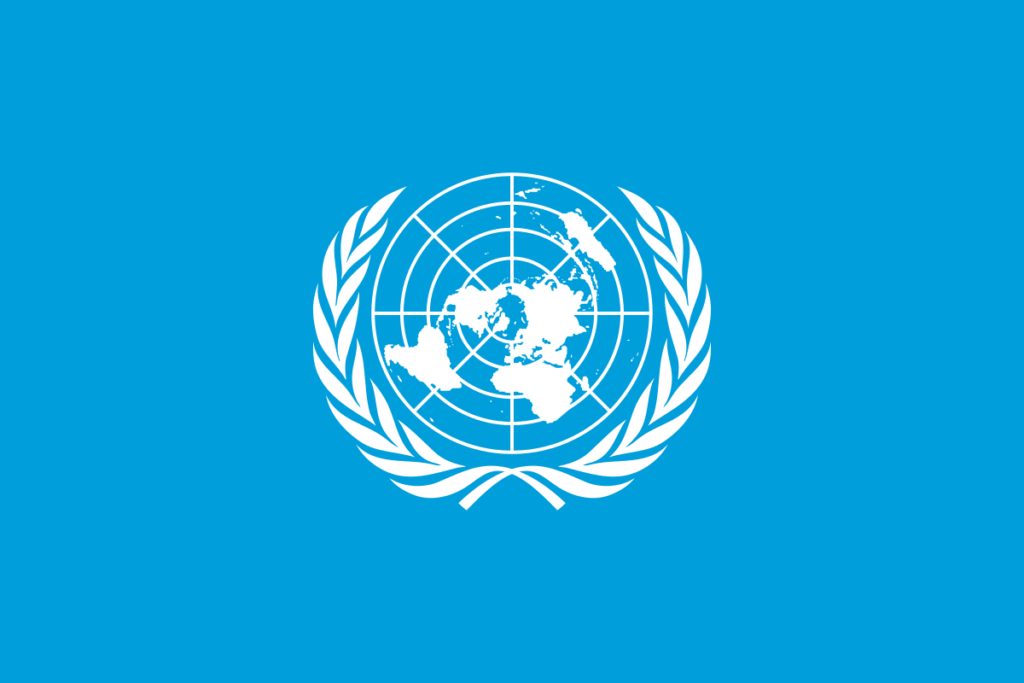Nichola Clark, senior officer of ocean governance at The Pew Charitable Trusts, presented her talk “The New High Seas Treaty: what’s in it, how we got there, and what’s next” Sept. 15, as part of the Earth Common’s ECoTalk series.
The Biodiversity of Areas Beyond National Jurisdiction treaty, also known as the High Seas Treaty, is aimed at protecting marine biodiversity in the vast swathes of ocean that are not under national jurisdiction. The “high seas” constitute two-thirds of the ocean, but only 1% of the high seas was protected until the treaty was officially adopted June 19. Countries were able to start signing the treaty on Sept. 20 at the United Nations Headquarters.
Rebecca Helm, a marine biologist and assistant professor at the Earth Commons, led a team of scientists, including Clark, in writing a letter to voice support for a robust high seas treaty in 2021. She said that the future of sustainability requires the health of the high seas.
“The high seas cover nearly half our planet. There’s no way that we can create meaningful environmental protection on only half the planet,” Helm wrote in an email to The Hoya.
“We need to take a whole-planet view to build a sustainable future.”

One of the treaty’s main topic areas aims to set out regulations for area-based management tools, which includes the designation of marine protected areas (MPAs) that can allow varying levels of human activity.
Until now, countries had the ability to veto the designation of MPAs, according to Clark. The High Seas Treaty directly addressed this veto power ability by mandating that a consensus vote be reached.
“It basically said, ‘we won’t stand for a country to sort of unilaterally hold up the will of the global community,’” Clark said.
The treaty also tackles the question of when a human activity requires an environmental impact assessment to be conducted. Under the United Nations Convention on the Law of the Sea (UNCLOS), any activity that poses a significant risk to the marine ecosystem warrants an assessment. The treaty established a scientific advisory board that will review these assessments and make recommendations.
“We did get a number of sort of modern environmental impact assessment requirements, including that more progressive threshold, so sort of more than a minor or transitory, you’ve got to do some screening,” Clark said. “Unfortunately, the decision ultimately does still lie with states.”
Another topic the treaty focused on was marine genetic resources, which encompass genetic samples taken from organisms that are later used for research or manufacturing of products, such as medications and cosmetics. Clark said that there were many critical questions that needed to be considered for this section.
“A key part of this question for the marine genetic resources section is, well, how are we defining marine genetic resources? What’s going to be included in this? Is it only like the physical samples that you are collecting from the seafloor or the water column?” Clark said.
Finally, the treaty contains a capacity building and technology transfer section, which ensures that countries are able to secure funding for activities and initiatives necessary for upholding the treaty.
After her overview of the treaty, Clark gave a snapshot of the arduous journey it took to get here. The first inkling of this idea started in 2002, but it took over two decades to hit the threshold of 60 countries necessary to ratify the treaty.
Clark said it was challenging to cultivate support for the treaty among the public, which became one of the roles of The Pew Charitable Trusts.
“Because I think before we started, there was maybe this myth that the high seas are just sort of like watery deserts, the barren wasteland of our oceans, right? Of course, this is not at all true. They are incredibly important and have amazing and diverse ecosystems that are incredibly interconnected with all of our coastal waters as well,” Clark said.
Although this treaty provides the foundation for the first government body in charge of preserving the high seas, Clark notes that it was also the product of many compromises.
“It’s not everything that we would want, but in this race to try and create a slightly more equitable ocean governance paradigm, this is a nudge in the correct direction,” Clark said.








